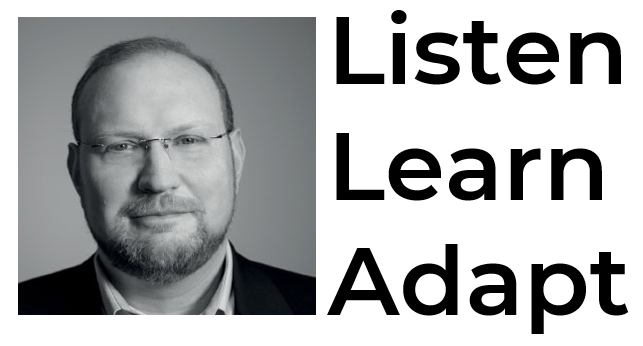Last month I had the privilege to spend time with Stéphane Masson. He’s the SVP of Global Procurement at Marriott International. I was extremely impressed with his overall strategy and approach to improve value and managed spend. https://www.linkedin.com/in/st%C3%A9phane-masson-4703a39/
Not only is his approach is simple, but also deeply sophisticated and effective. During our conversation, he drew a pyramid (see image below) in increasingly more detail as he walked through the strategy. I won’t walk through a complete description here but wanted to call our a few points.

Stéphane leads a complex global organization with global, regional (continent), and (clusters) sub-region offices. While the global strategy is set from the top, Stéphane highlights that a ‘tops-down’ strategy is only able to impact 20% of the spend in the hotels. He also highlighted that regardless of the effort invested, the final 20% of spend in the hotels isn’t possible to capture in managed spend. So, the target is the middle 60%.
The magic to capturing the middle 60% is driven by an iterative process of listening (through data) to what the hotels are actually doing. With almost 7,000 hotel properties around the world, it’s not practical to rely on global and regional category teams to gather data through discussions, accurate and organized spend data is critical to enable increased value and capture of the unmanaged spend.
My discussion with Stéphane reminded me of a discussion in had in college with an engineering professor. We were discussing the challenge of trying to get students to walk on the sidewalks rather than short-cut through the grass and gardens. He told me he’d heard of a university that managed the problem by planting grass everywhere. That would allow/force the students to walk between buildings on the grass and quickly reveal the needed and most efficient pathways. Only then would they pour concrete sidewalks. Like Stéphane observed with spend management, you’ll still have a segment of students that won’t comply and walk through gardens. But by observing the actual needs and behaviors of people (LISTEN), only then are you in a good position to understand and meet their needs.
Stéphane is in the process of rolling out Birch Street for P2P along with PeopleSoft ERP. Birch Street is optimized P2P for hospitality enterprises, so the combination of the two allows Marriott to streamline, automate and also globally capture spend data to feed their strategy.
The regional/continent offices observe spend patterns, work with local (cluster) procurement teams, and establish regional contracts capturing increasing levels of spend. The global category teams iterate through a similar process by observing complementary or redundant contracts at the regional level. This chips away at the middle 60%, eventually allowing capture of 80% of the spend.
As I listened to Stéphane talk about spend management in the hospitality industry, I couldn’t help but think, this same concept could help most procurement organizations.
It never works well to sit in centralized teams and dictate strategy, contracts and preferred suppliers. The most effective approach to spend management is to build the strategy based on the needs and requirements of the business. Not only do we need to understand WHAT the business is buying, but WHY they are using current suppliers. For 25 years I’ve listened to variations of supplier consolidation strategies or ‘manage the tail spend’ strategies. But none of that works unless LISTENING is central to the overall strategy.
It’s funny. We sit in our category teams bemoaning that we can’t get our business partners to follow a category strategy. While at the same time our business partners sit in their offices bemoaning procurement teams who slow down the process, don’t understand their business/requirements.
So much effort and energy can be wasted by resisting the momentum of the business imposing inflexible tops down strategy. Instead, we need to understand and leverage that momentum, like martial arts uses aikido to understand and redirect that energy. Observe priorities, preferences and requirements and build a strategy that listens, learns and adapts.
I wrote a blog several months back about artificial intelligence that might be worth reviewing in this context. https://goodentropy.com/you-are-artificial-intelligence/ AI is fueled by data and algorithms (generally statistical) that must learn to be effective. The learning process is all about LISTENING and incorporating feedback. Start with the best data you have, then incorporate a method to operationalize increased data quality. The very best negotiations and the very best category strategy are driven by better data. Your procurement value add increases dramatically when you build your business around good data.
You need clean supplier data (our company, Graphite, can help you with this). You need good contract data, good deal data, and good transaction/spend data. If you can get all that data into a data-warehouse, you have the foundation for an intelligent procurement strategy.
Without good data to drive your strategy, you’ll be forced to chase a HIPPO. Unfortunately, the Highest Paid Person’s Opinion doesn’t lead to reliable, scalable or effective procurement.
Listen. Learn. Adapt.
